The Ayodhya Airport Integrates the Historic City’s Heritage Into the Architecture
At the main entrance of Ayodhya Airport, a grand stepped shikar stands tall, adorned with brass. This architectural masterpiece follows the Nagara style, outlined with scriptures, presenting a majestic and culturally rich welcome to passengers. The city’s heritage and story unfold through intricate columns, each laden with profound symbolism. The mega columns supporting the terminal roof symbolise the Kandas of Ramayana, blending cultural richness into the airport's architecture. The Khandika, symbolising impermanence, coexists with the Deva Gana Patta, embodying divine features. Every column narrates a story of dedication, courage, and spirituality, weaving the city's essence into the very fabric of the airport.
The Airport’s Artistic Immersion Includes Symbolic Murals and Artwork from the Ramayana
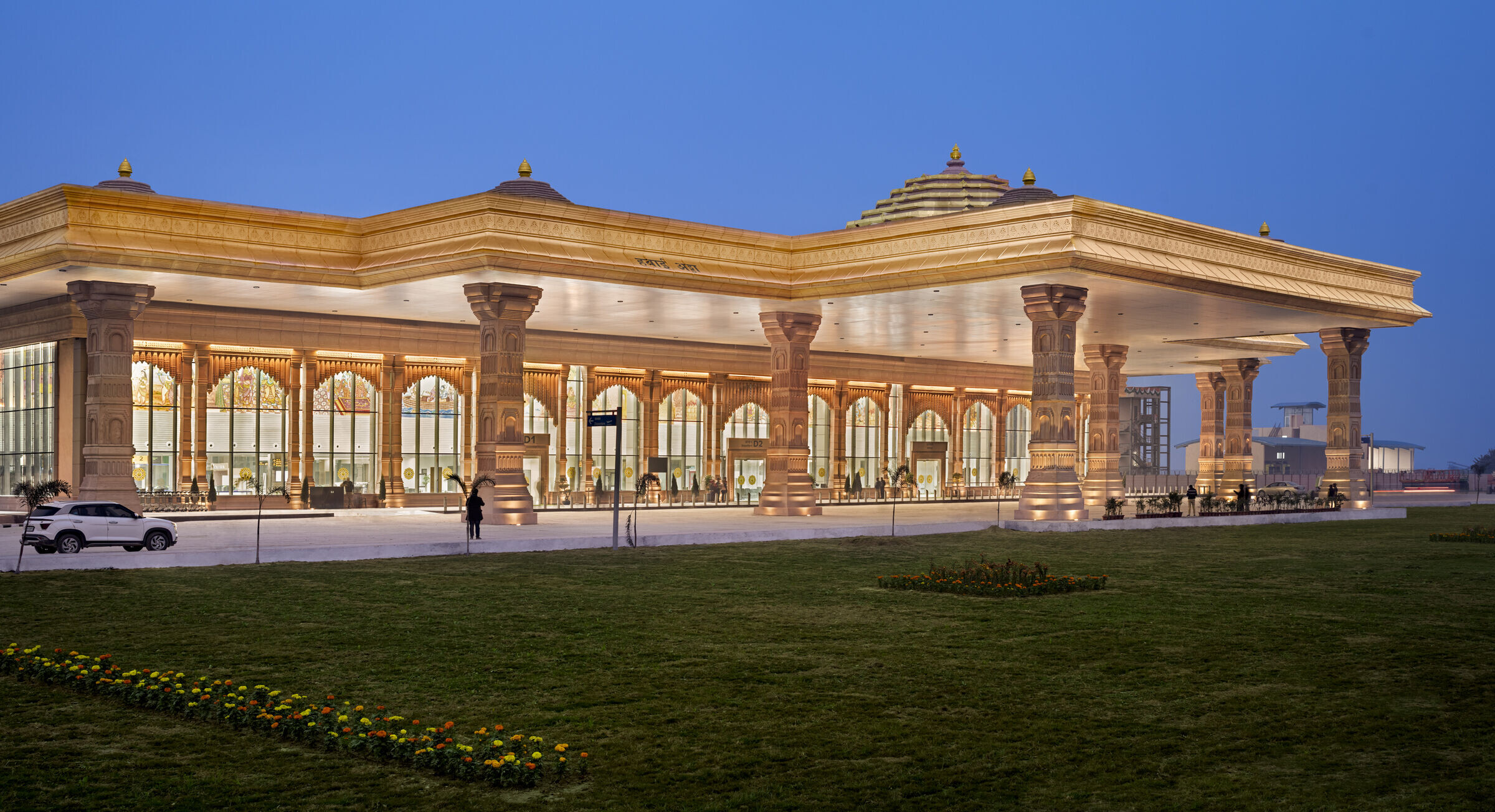
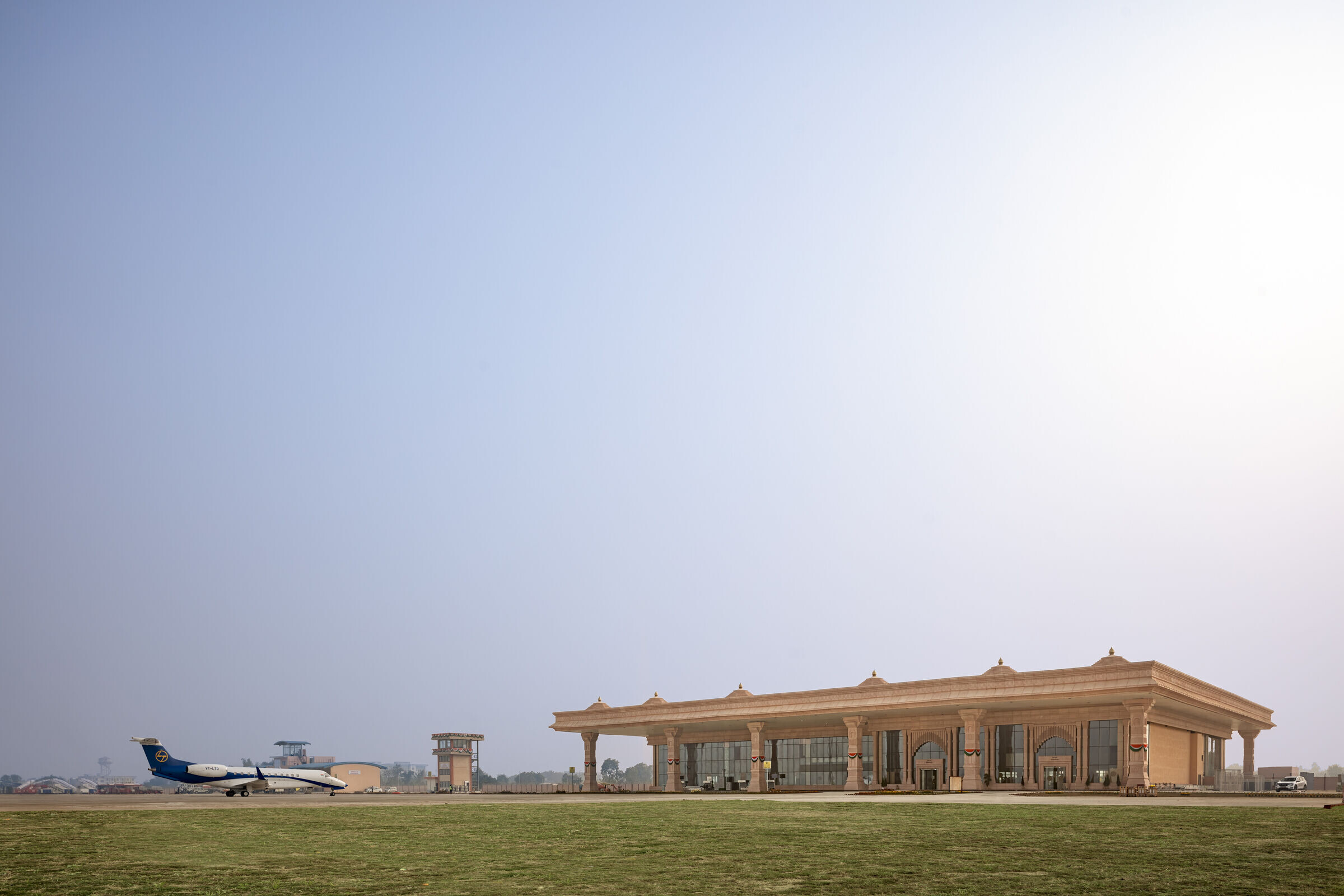
The terminal building is a canvas of profound messages. The Bow and Arrow mural symbolises the courage to confront untruth, while hexagonal light particles embody the eternal triumph of truth over hierarchy. From arrivals to skylights, artworks intricately depict the timeless tale of Lord Ram from the Ramayana, creating an immersive, sensory-rich experience beyond traditional airport designs. Strategically placed skylights serve as guiding beacons, enhancing wayfinding and offering a sensory experience for passengers.

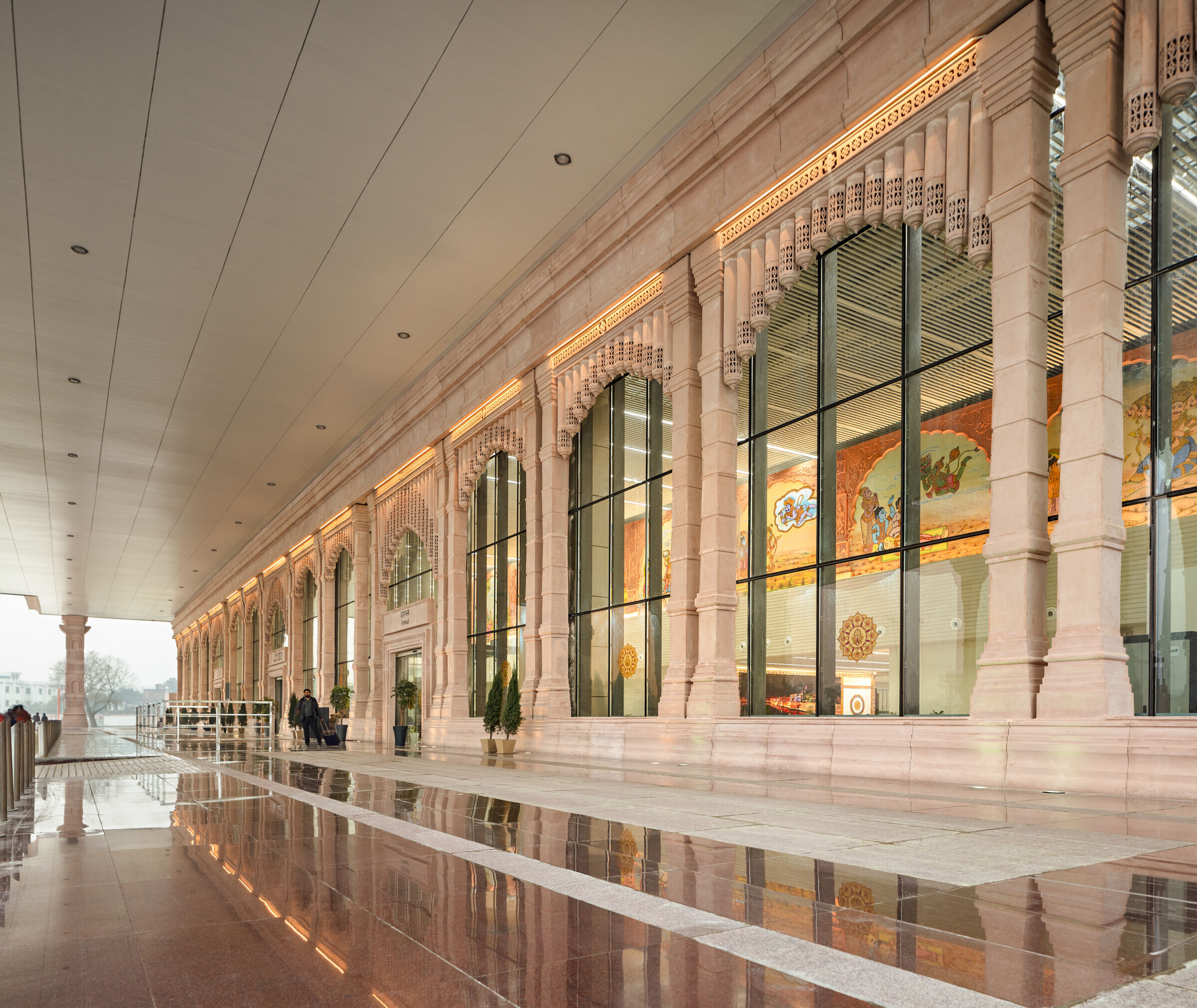
The Ayodhya Airport Pushes for Innovation in Tier 2 Cities With Sustainable and Environmentally Conscious Design
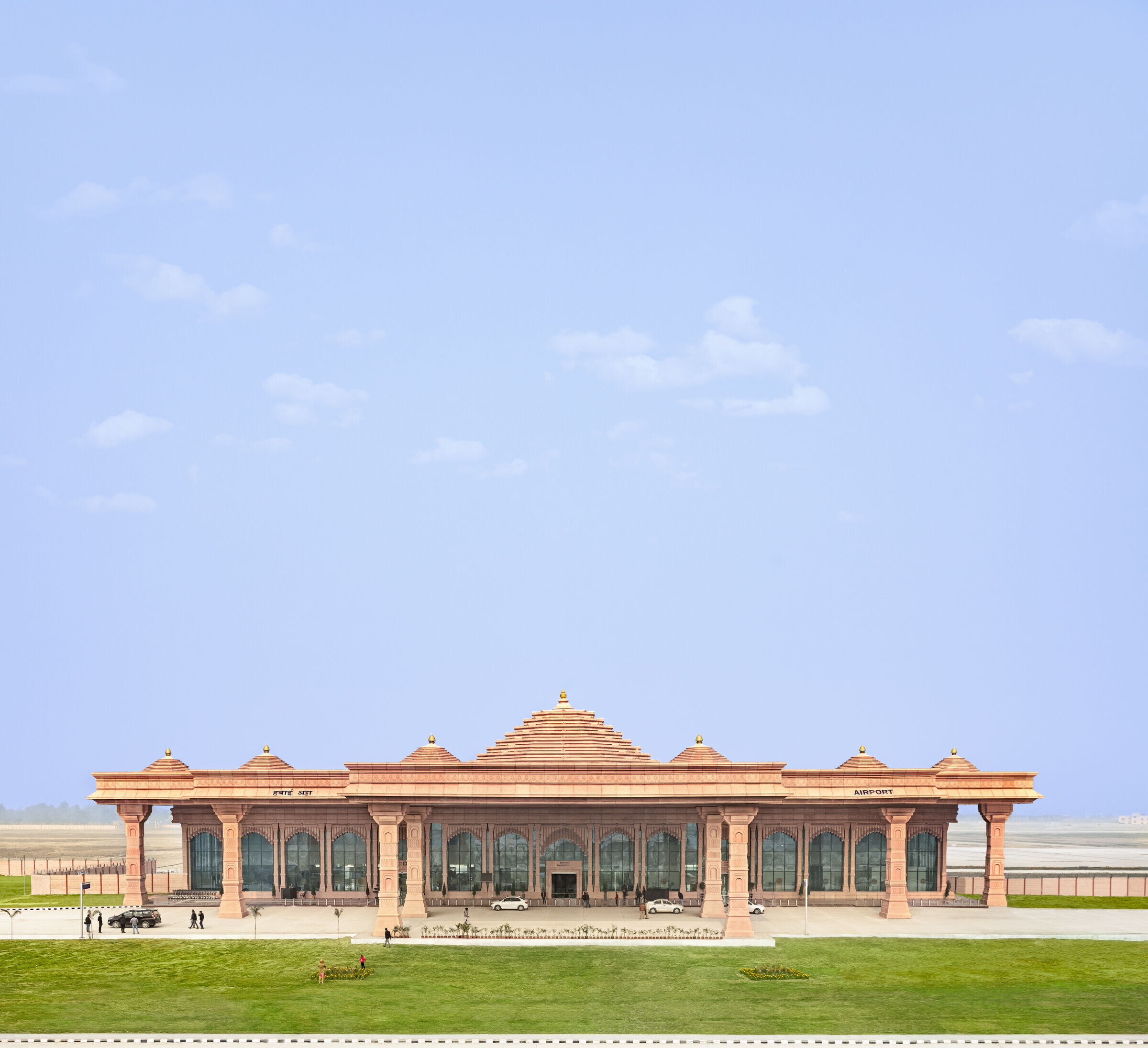
Embracing carbon neutrality with eco-conscious GRC materials, the design pioneers sustainable practices in aviation. Ornamental work, meticulously crafted in Glass Fiber Reinforced Concrete (GRC) after extensive research and technical precision, replaces traditional stone facades and significantly contributes to environmental sustainability, resulting in substantial carbon emission reduction.
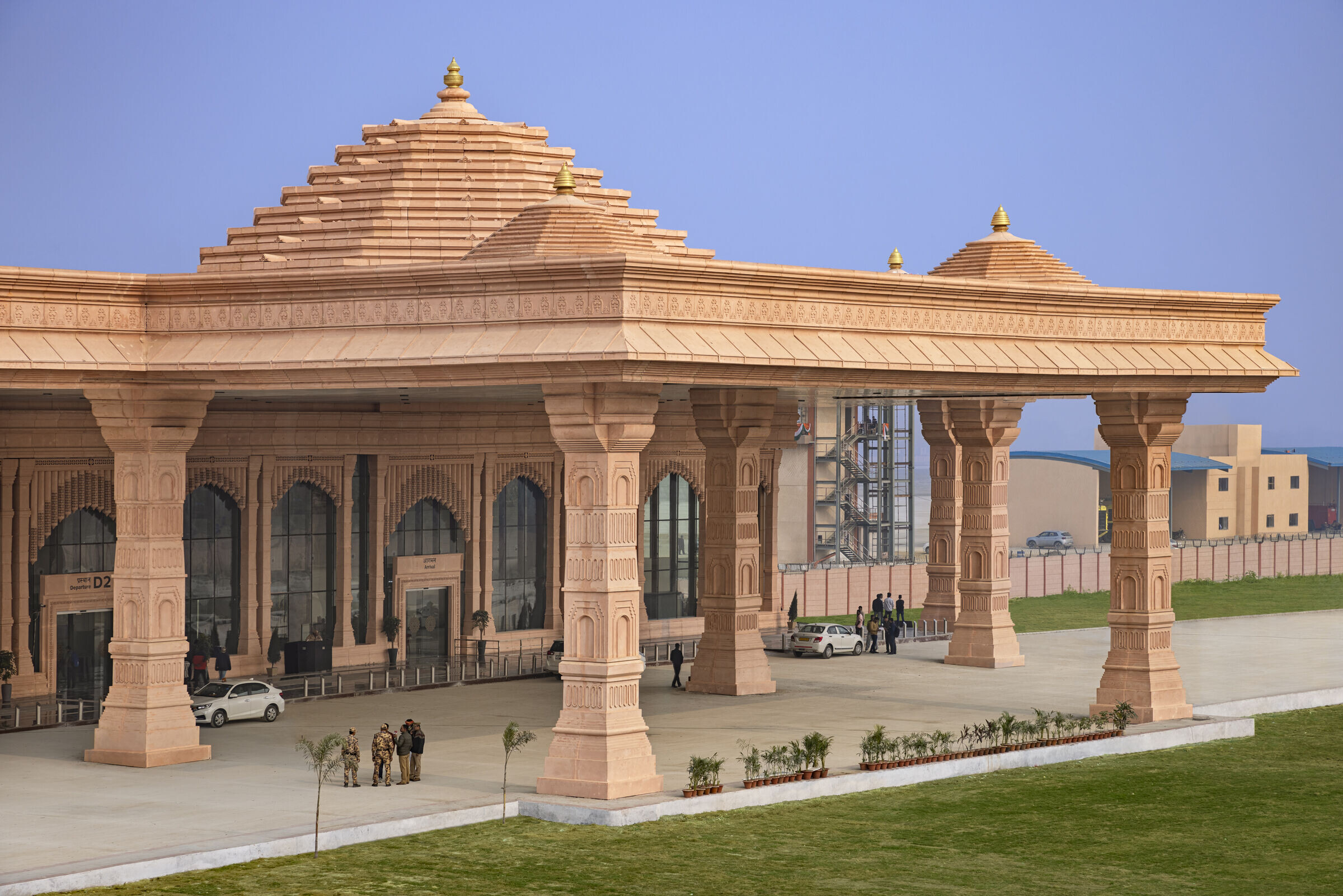
The Airport is Boosting Local and National Connectivity in Uttar Pradesh:
Anticipating a surge in tourism, the Ayodhya Airport's passenger terminal accommodates 150 arrivals and departures simultaneously. The Airport is poised to transcend the ordinary, mirroring the cultural opulence of Ayodhya and redefining contemporary airports to authentically embody the city’s identity - a symbol of pride for the aviation industry. For the devotees and pilgrims who will tread the corridors of Ayodhya Airport, the journey is physical and spiritual. The airport is strategically designed to further develop Ayodhya as one of the world's largest pilgrimage centers, providing seamless connectivity and making the journey to Ayodhya more accessible and enriching for pilgrims.
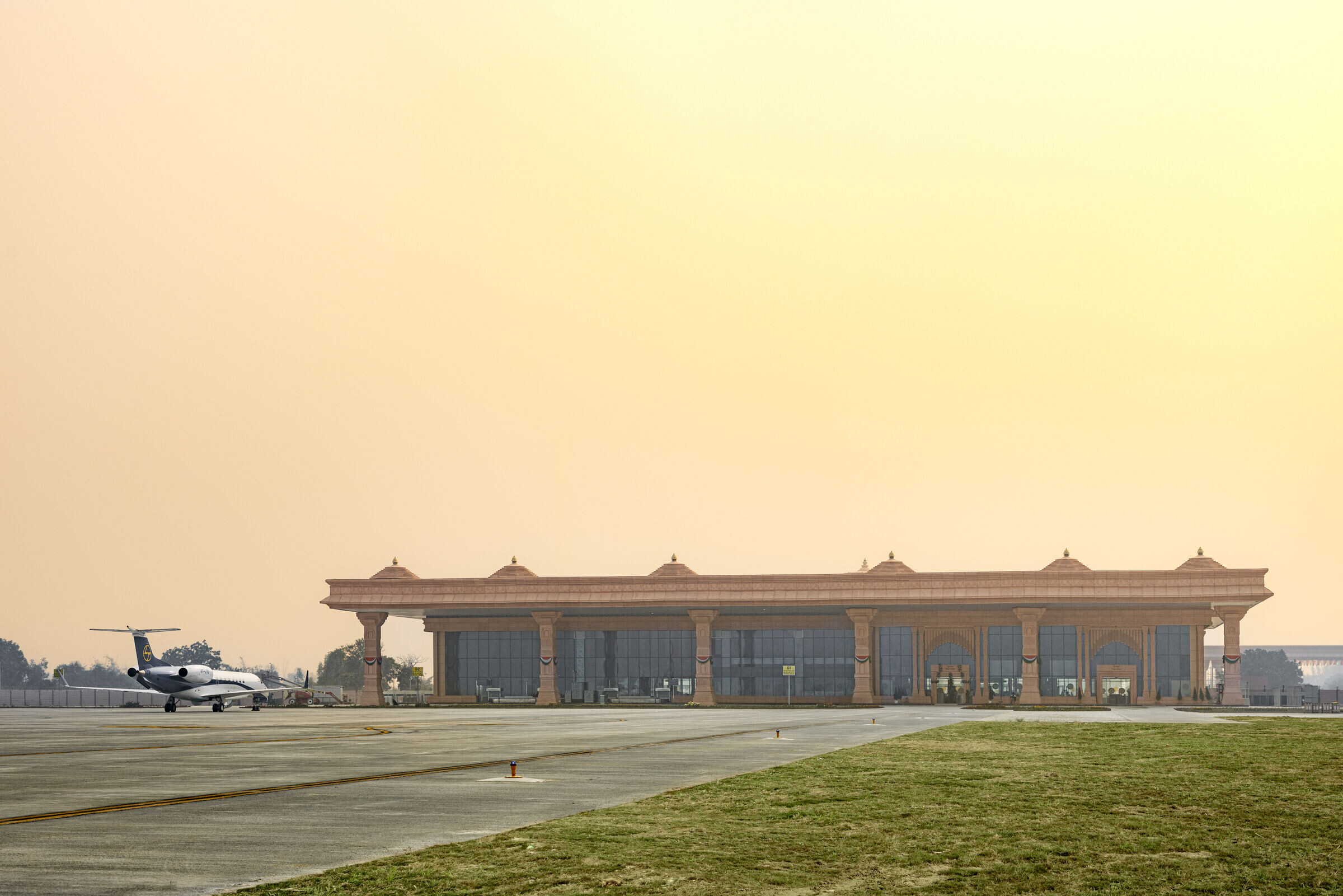
The Airport is Creating Jobs and Boosting the Local Economy in Ayodhya
The impact of the Ayodhya Airport transcends its architectural and cultural dimensions. It serves as a catalyst for economic growth in the region. Projections indicate the creation of at least 500 jobs annually, offering tangible benefits to the local community. This isn't just about connectivity, it's about fostering sustainable livelihoods and empowering the region with economic opportunities that reverberate beyond the terminal gates.
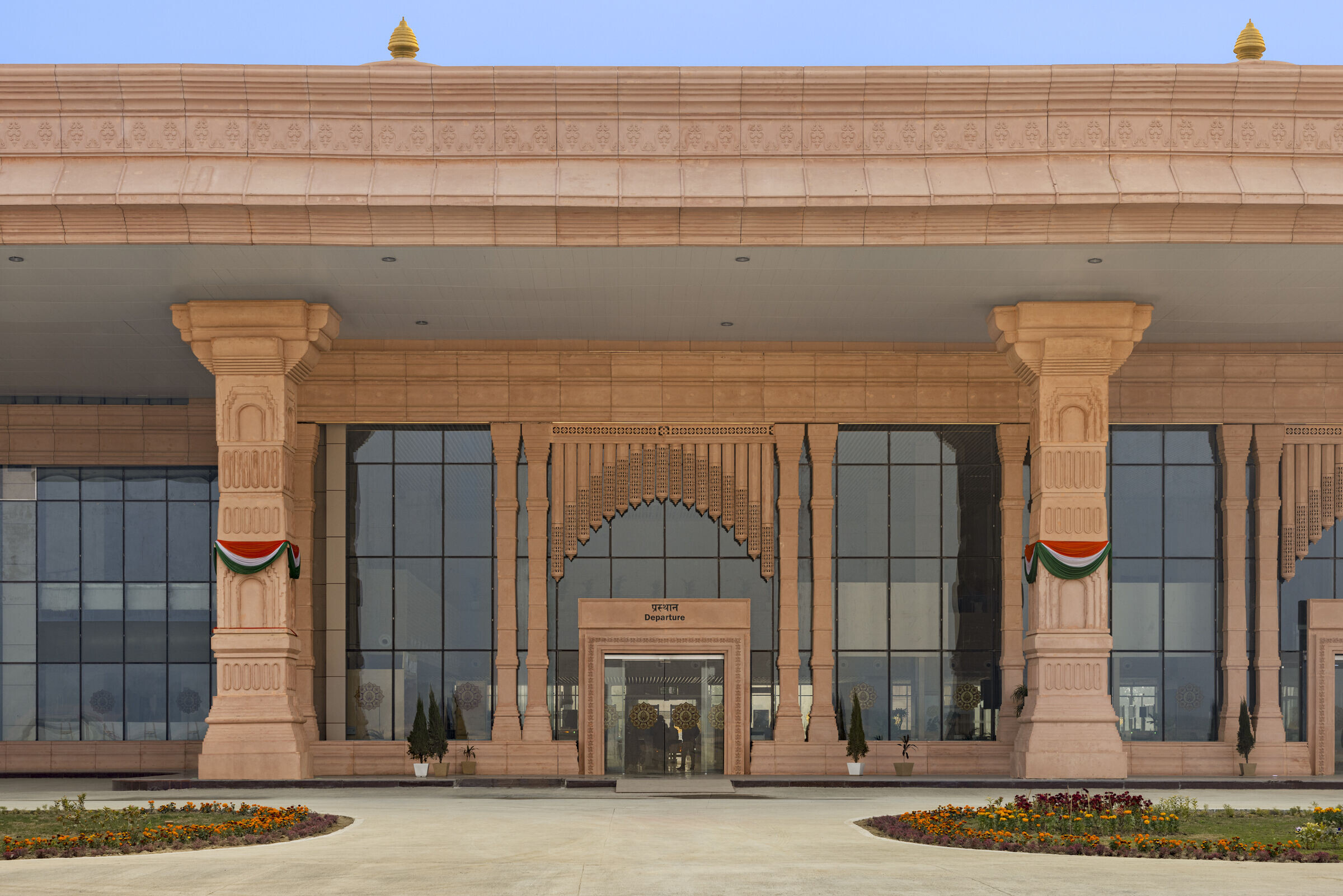
This transformative project was meticulously designed and implemented by STHAPATI, a
New Delhi and Lucknow-based architectural practice renowned for its prowess in airport design and heritage conservation. With a track record of successfully restoring significant sites across India, including airports in Leh, Jodhpur, and Jammu, STHAPATI brings unparalleled expertise to Ayodhya.
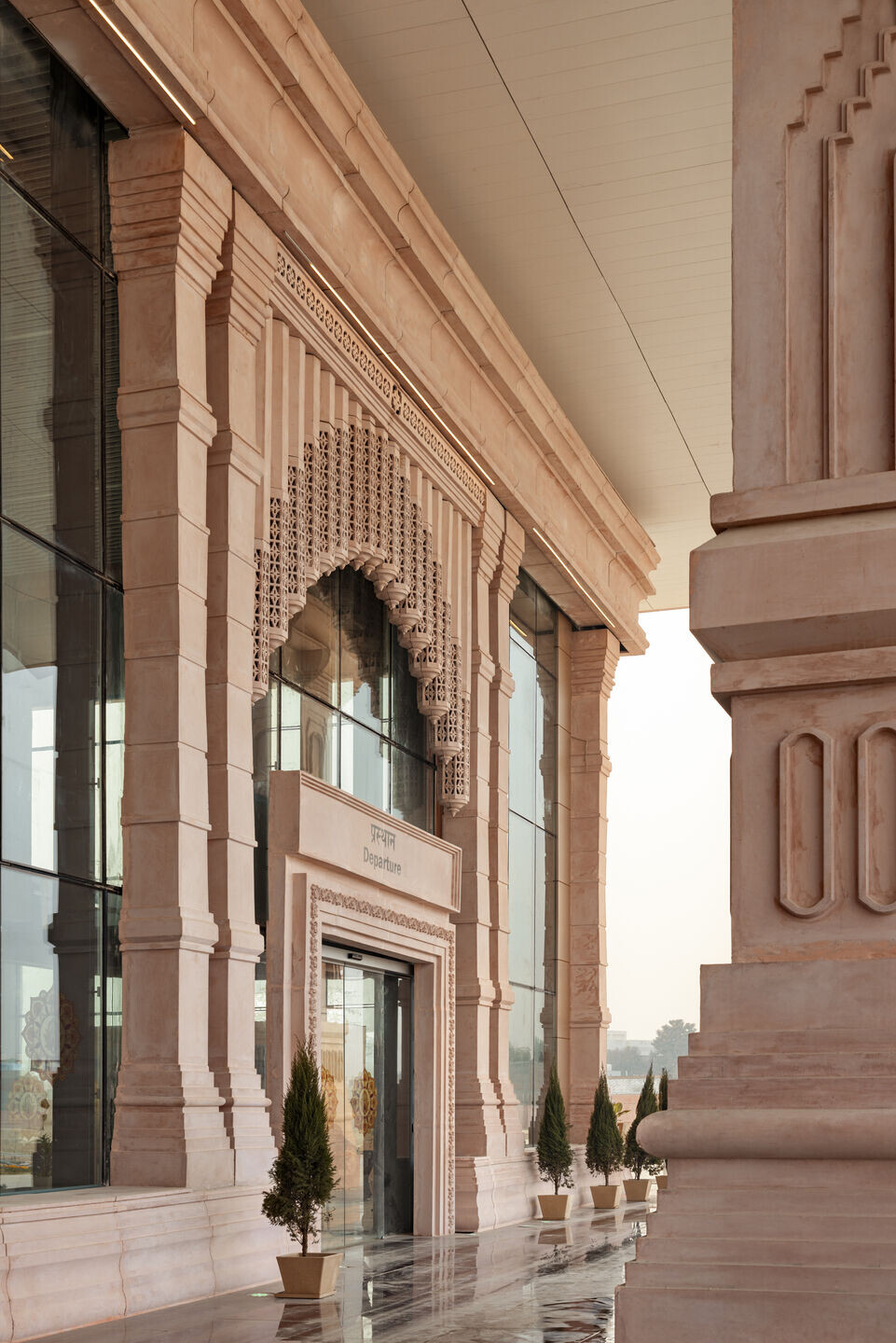
The Ayodhya Airport is not just an infrastructural marvel. It promises seamless connectivity, sustainable practices, and economic prosperity for the historical city of Ayodhya.
























